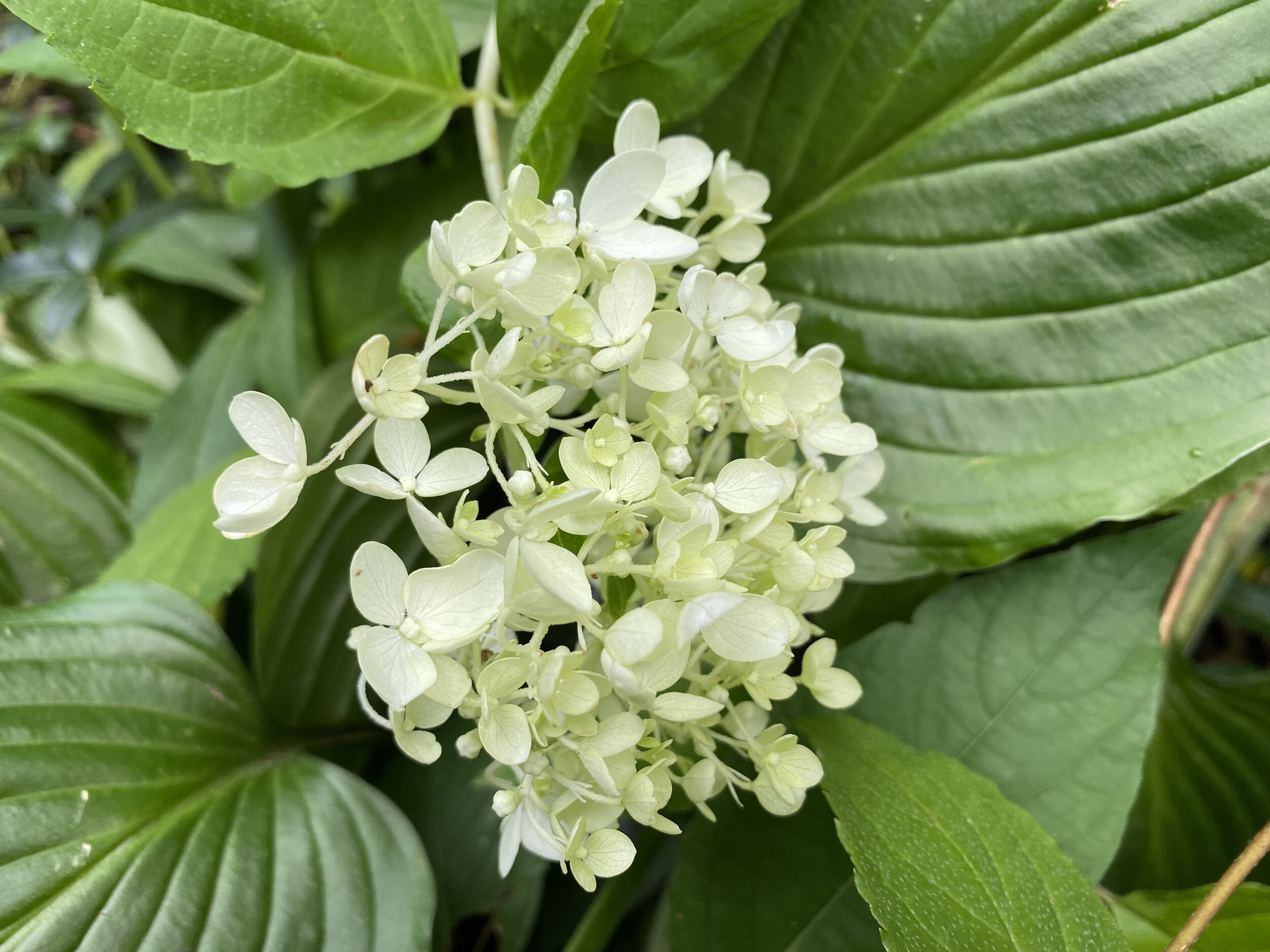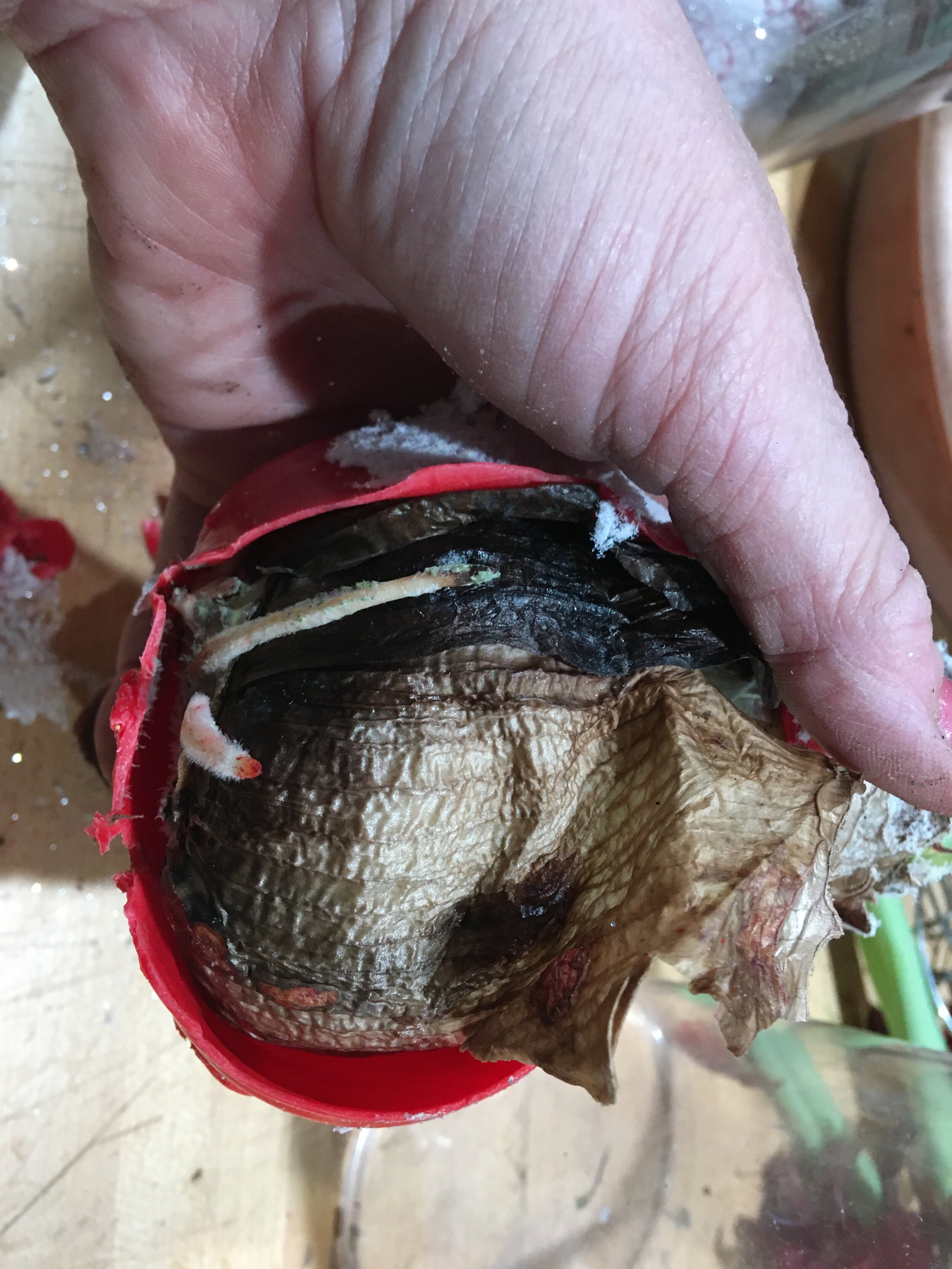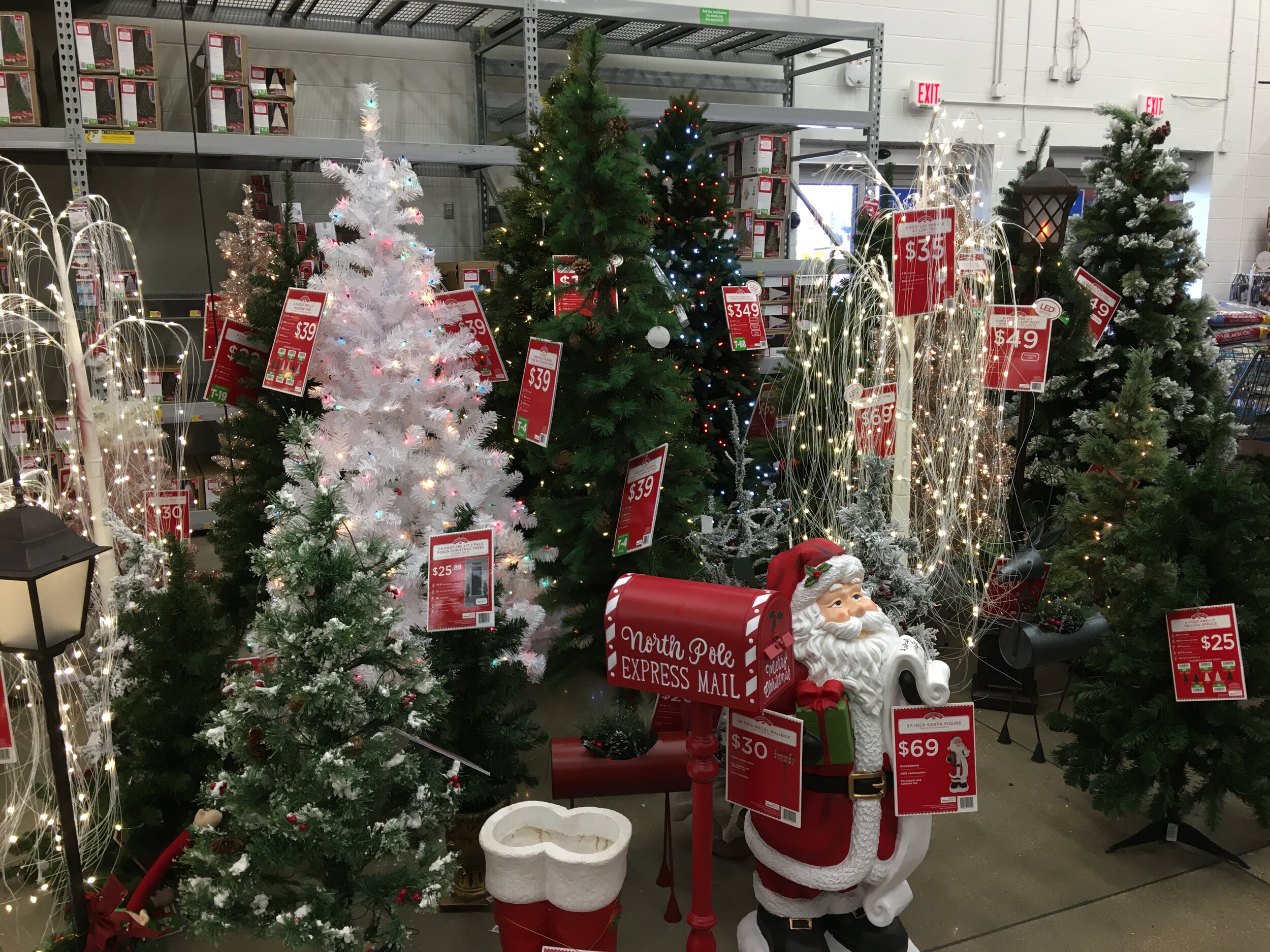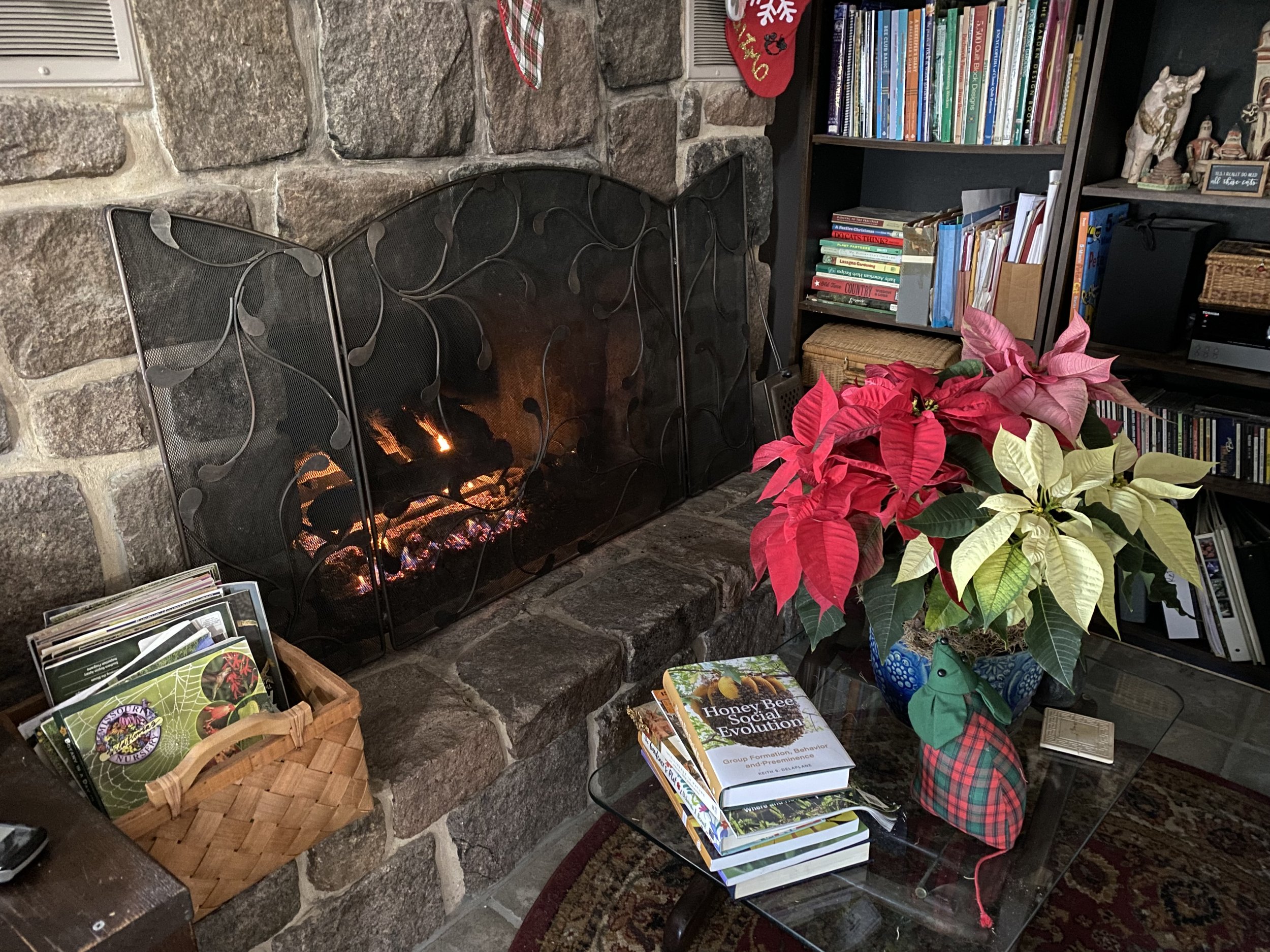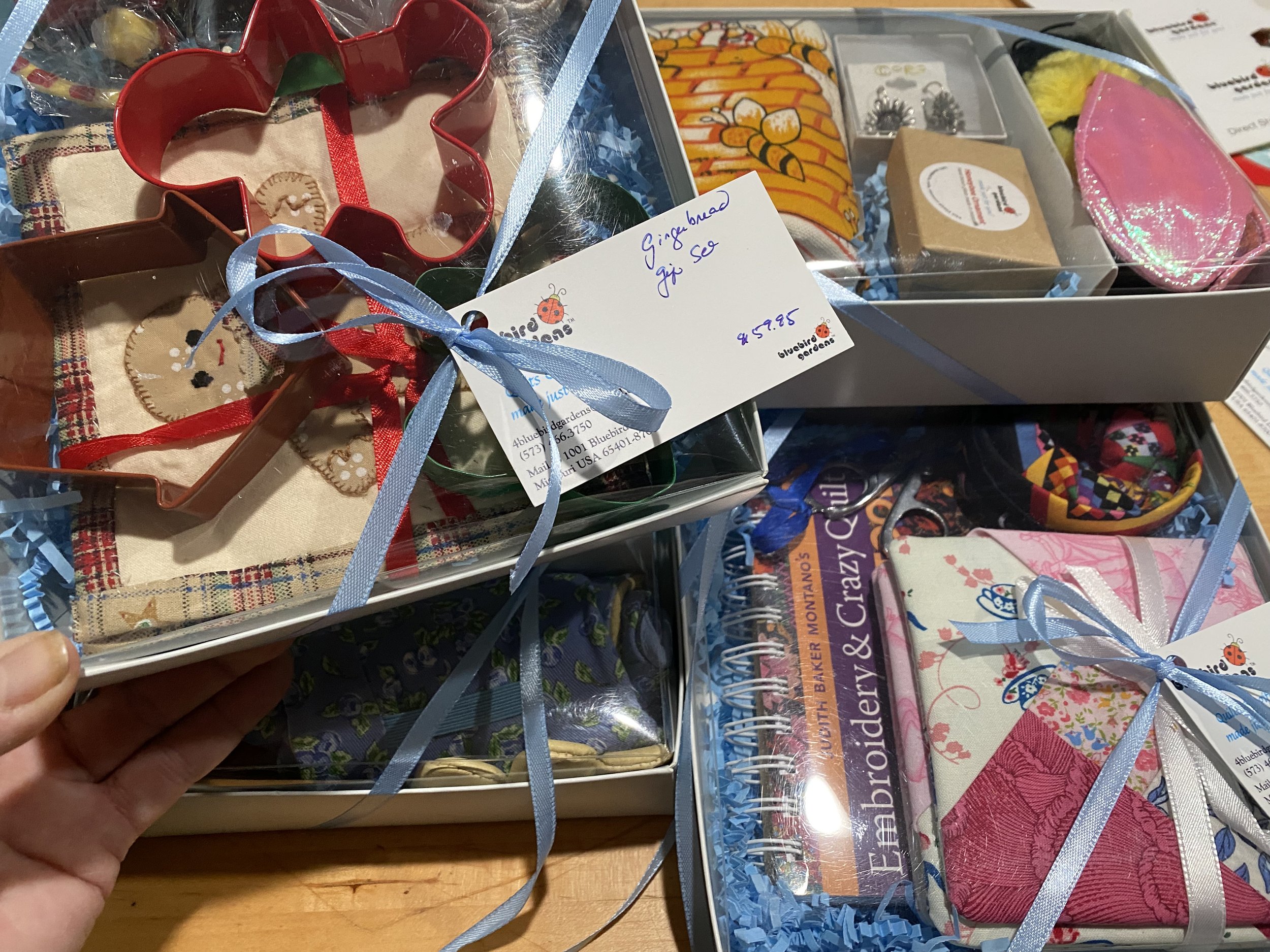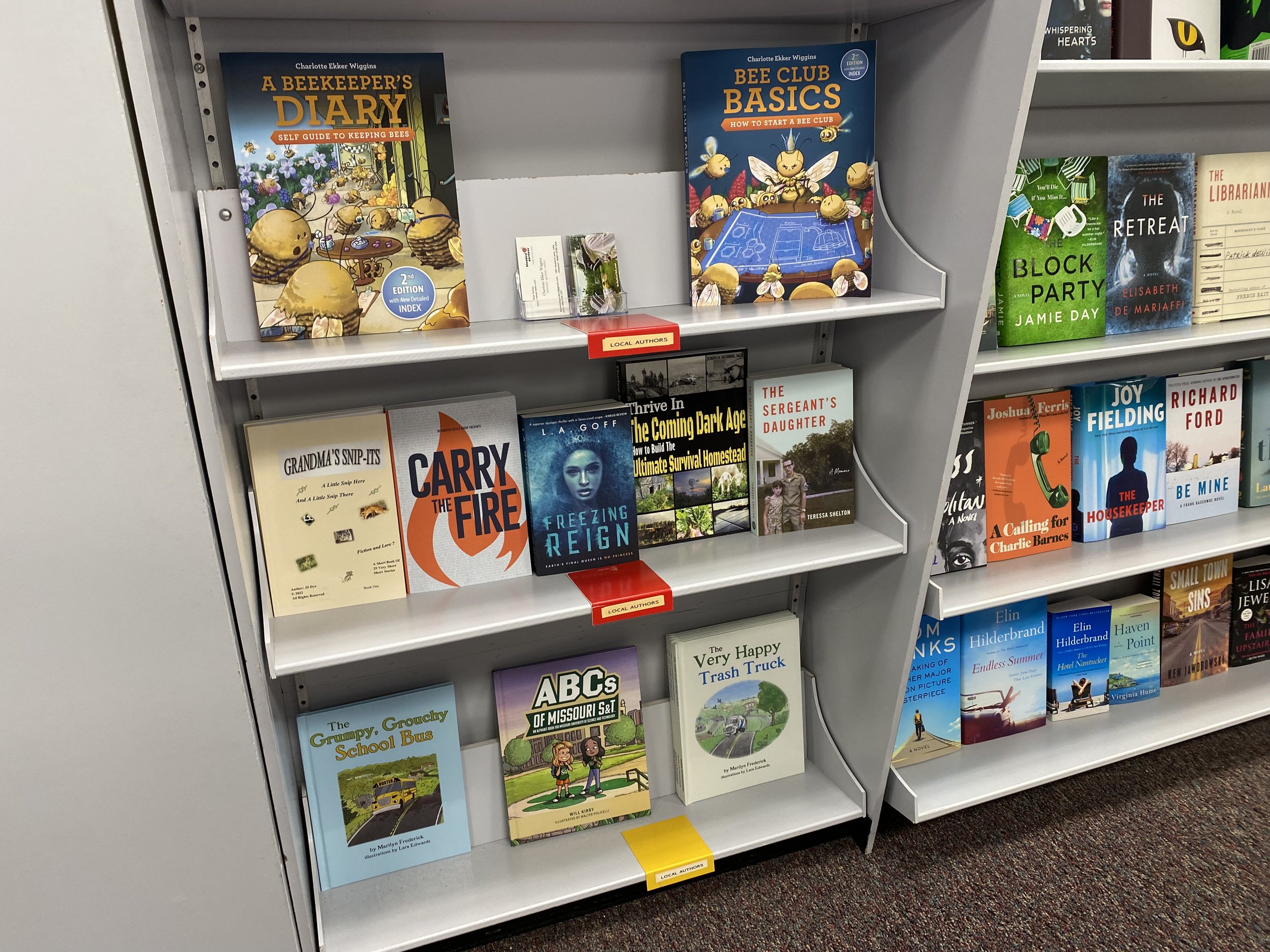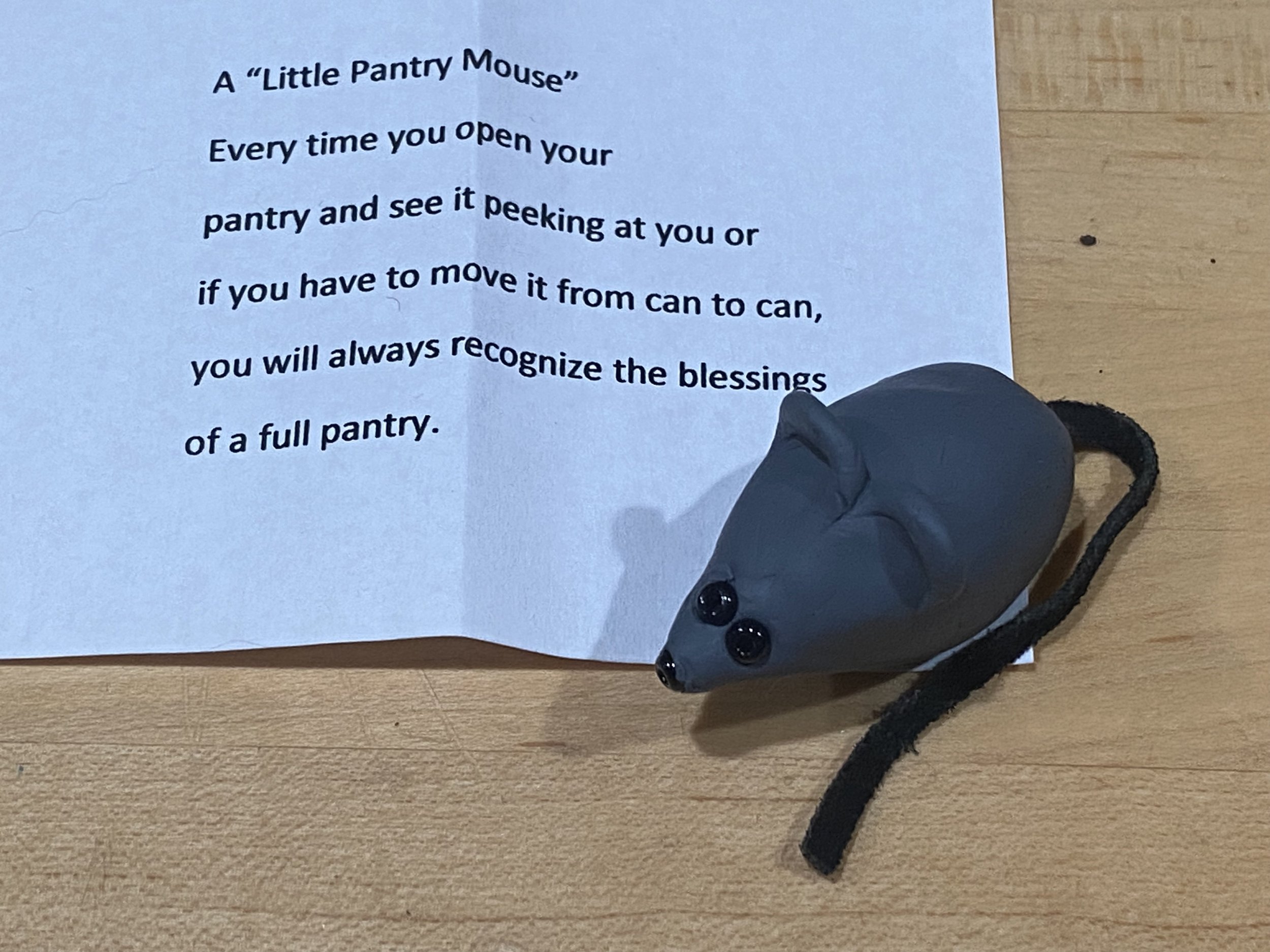First Year Bouquet
/A few current flowers brighten my gloomy den. (Photo by Charlotte Ekker Wiggins)
First Year Bouquet
2022 is starting grey and cold with snow and ice in the forecast where I live. To celebrate the new year, I checked my indoor plants to find a few flowers to add to my glass flower basket that sits on my den coffee table.
Research shows having fresh flowers around lifts spirits. Maybe that’s why giving flowers is popular when people are in hospitals and recovering. I know having just this little tiny bouquet of flowers next to where I”m writing makes me happy.
So what did I find?
There was a sprig of orange geraniums; peachy begonia blooms and a couple of pomegranate flowers. I finished the bouquet off with a few sprigs of white euphorbia ‘Diamond Frost.’
The glass bee was something I picked up several years ago from a St. Louis glass blowing studio. The bee now makes an appearance in every little flower bouquet.
Hope this combination brightens your day, too!




